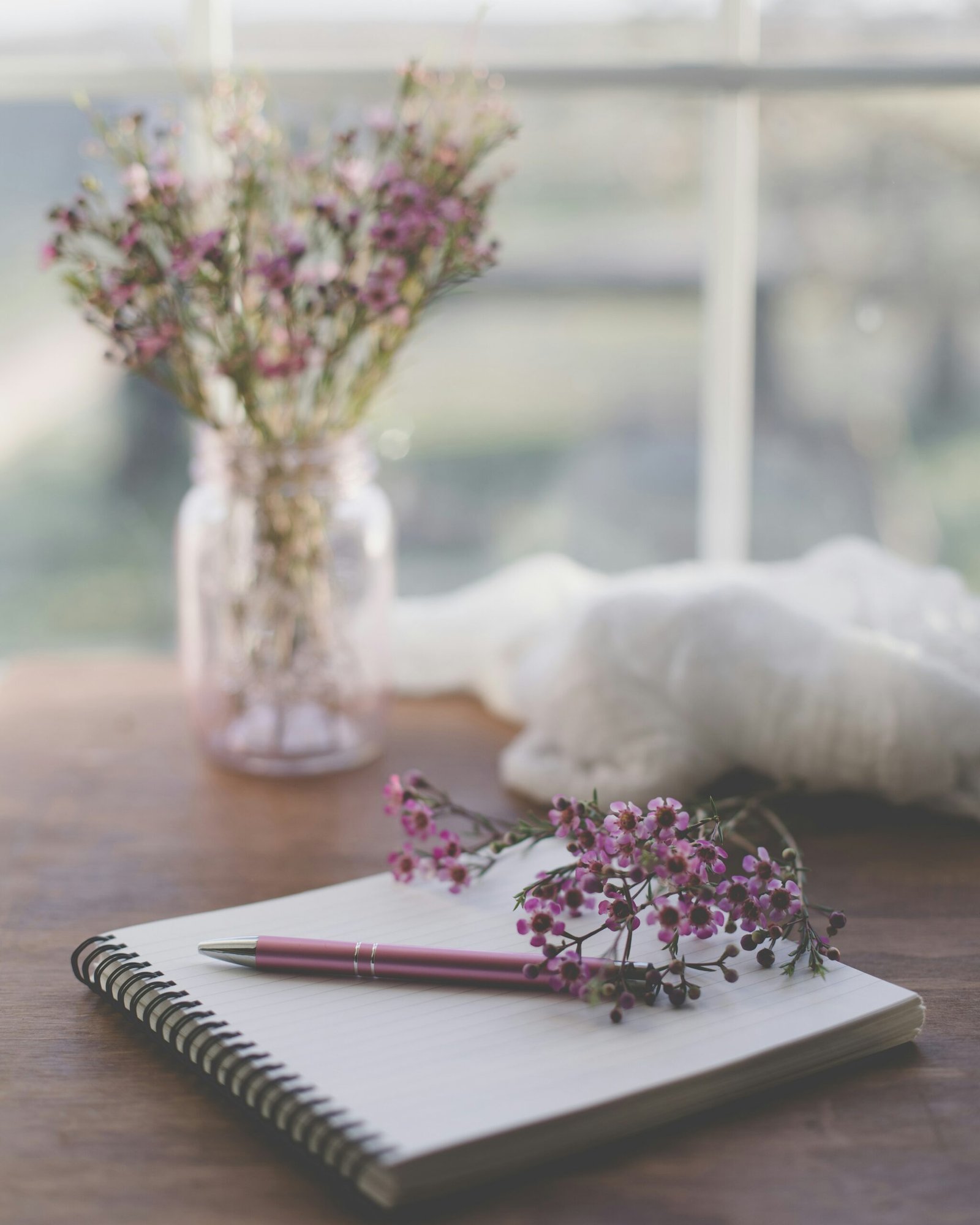
A reading journal is a simple way to deepen your connection with the books you love, capturing thoughts, favorite quotes, and reflections as you read. It’s like having a conversation with your books, keeping their stories alive long after the last page. Whether you’re new to journaling or looking to start fresh, these tips will help you create a meaningful practice that’s easy to maintain.
Disclosure: This post contains affiliate links, which means I may earn a small commission at no extra cost to you. Thank you for supporting Pastries and Prose!
Gather Your Journaling Supplies
Choose tools that inspire you to write and keep your journal organized:
Notebook: Pick a sturdy, portable option like the Leuchtturm1917 Hardcover Notebook for smooth,
numbered pages, or the
Moleskine Classic Notebook for a sleek design. Lined or dotted pages keep entries neat.
Pen: Opt for a smooth-gliding pen like the Ddaowanx Colorful Gel Pens for bold writing, or the
Paper Mate Flair Felt Tip Pen for colorful highlights.
Pen Case: Keep pens handy with a LIHIT LAB Pen Case for easy access.
Markers: Add flair with Tombow Dual Brush Markers for creative headings or doodles.
Page Markers: Flag quotes or sections with Post-it Page Markers.
Ruler: Create clean sections with a Westcott 6-Inch Flexible Ruler for tracking progress or charting.
- Notebook: Pick a sturdy, portable option like the Leuchtturm1917 Hardcover Notebook for smooth, numbered pages, or the Moleskine Classic Notebook for a sleek design. Lined or dotted pages keep entries neat.
- Pen: Opt for a smooth-gliding pen like the Pilot G2 Gel Pen for bold writing, or the Paper Mate Flair Felt Tip Pen for colorful highlights.
- Pen Case: Keep pens handy with a LIHIT LAB Pen Case for easy access.
- Markers: Add flair with Tombow Dual Brush Markers for creative headings or doodles.
- Page Markers: Flag quotes or sections with Post-it Page Markers.
- Ruler: Create clean sections with a Westcott 6-Inch Flexible Ruler for tracking progress or charting.
Structure Your Entries
Keep entries simple but meaningful. Note the book’s title, author, and start date, then add a brief summary or initial thoughts. As you read, jot down quotes, surprising moments, or questions the story sparks. For example, with Big Little Lies by Liane Moriarty, you might write, “How do secrets shape the characters’ friendships?” Finish with a reflection on the book’s impact or what you learned.
Use Prompts for Different Genres
Prompts spark deeper reflections, tailored to the book’s genre. For mysteries like The Guest List by Lucy Foley, try: “What clues caught you off guard?” For romances, ask: “How do the characters’ choices show love’s challenges?” For literary fiction, consider: “What theme hit home for you?” Write 2–3 prompts per book to guide your thoughts without feeling rigid.
Make It a Habit
Build journaling into your reading routine. Set aside 5–10 minutes after reading to write, whether at night or with morning coffee. Keep your journal and supplies near your reading spot. If you miss a day, add quick notes later. Consistency beats perfection, so start small and let the habit grow.
Make Your Reading Last
A reading journal turns fleeting thoughts into lasting memories, letting you revisit the stories you love. With the right supplies, thoughtful prompts, and a steady routine, you’ll create a keepsake of your reading journey. What’s your favorite book to journal about? Share in the comments! Happy reading!
Leave a Reply